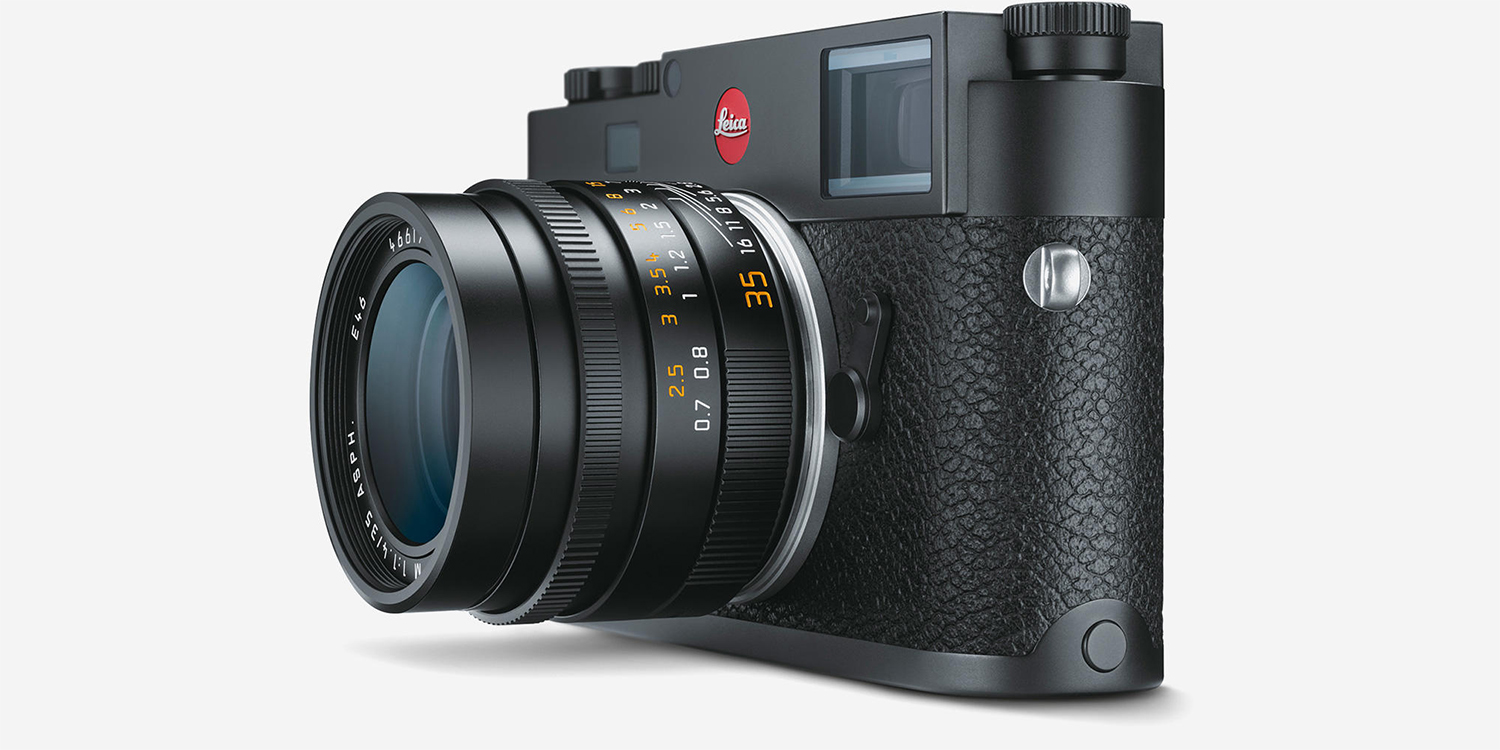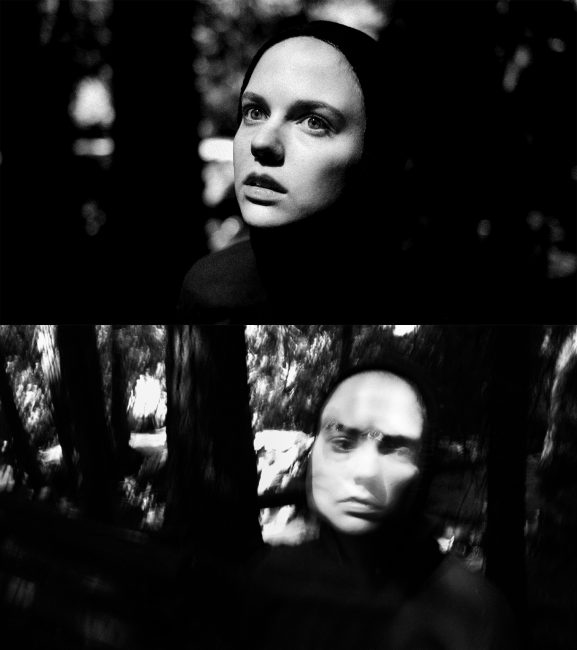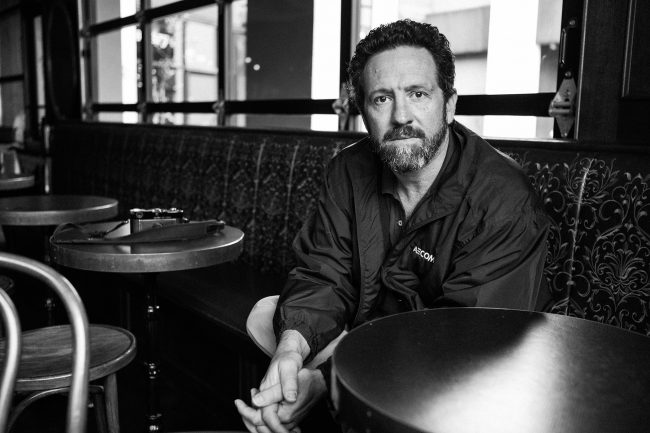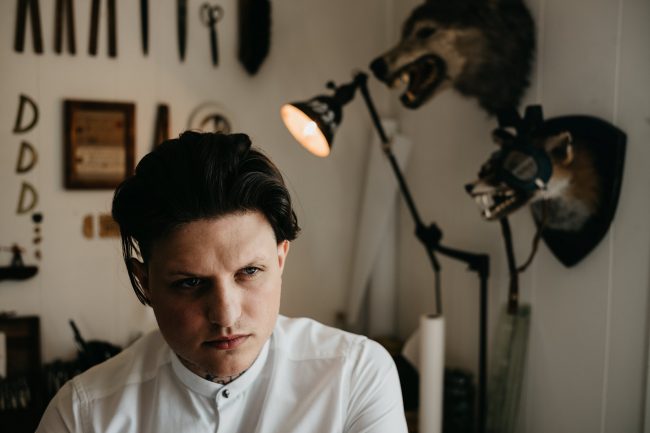Equipment
Review of the Leica M10: The Perfect Leica or The Perfect Leica?

When I heard Leica was finally releasing the long awaited Leica M10, I got really, really excited. I’ve been a Leica fan for many years, having owned an old film MP for a while, then playing with all the digital bodies when I started working here about seven years ago. All the camera bodies that came after the Leica M9 didn’t excite me; with their larger footprint and extra bells and whistles (or lack thereof — I’m looking at you, Leica M-D, you beautiful little camera, you). So with the announcement of the Leica M10, I was looking forward to the re-establishment of the classic M line.
It’s been hard to keep a copy of the Leica M10 in stock long enough to take one home for testing, but I finally got my chance a couple of weeks ago. I spent the weekend with it getting to know all I could about it, and after having lots of experience with the rest of the Leica line, I think I love this camera.
Like all Leica cameras, the Leica M10 isn’t exactly practical for the average shooter. At nearly $7,000, it’s meant for collectors with deep pockets who want the status of owning a Leica, or users that love rangefinders and don’t care how expensive they are. There’s not much in between. For many rangefinder lovers, there’s something about Leica that transcends the price point. It’s an experience and a feel, and if you’re into rangefinders, it’s worth the entry fee. The Leica M10 is the latest in this legendary line of rangefinder cameras, and it comes as a welcome upgrade to the Leica M Typ 240 and Leica M-P.
Internally the camera has a new 24MP CMOS sensor and new Maestro-II processor. Additionally, ISO has been extended up to 50,000. I wouldn’t say it’s very usable that high, but it’s nice to have the option. However, up to ISO 6400 is relatively clean compared to other full frame bodies on the market. The most notable physical changes in this new body are the simplified button layout, the slimmer design, the thumb rest, 0.73x viewfinder, and ISO dial. For me, this new ISO dial is the weakest part of this camera. The dial pulls up from the body in order to be able to turn it to the desired setting. But that pulling action isn’t very smooth. I found it hard to do easily on the fly. Maybe it was just the copy I had, but I don’t really have anything else to compare it to since stock is extremely limited right now. It’s possible it’s not supposed to be easy, so maybe it is just me. Putting it in place of where the film rewind would be on an old film Leica is neat, but I found the implementation awkward. What is nice though, is that slimmer profile, harkening back to the M line before the Leica Typ 240 (Leica’s website says it’s the same size as the M4, and I would have to agree it’s essentially the same as the M4 I repaired this weekend). I think long time Leica users will appreciate the balance and feel of this one in the hands. I never cared for the bulkiness of the Typ 240/M-P/M Monochrom – those cameras just never felt great in my hands. The thumb rest on the new Leica M10 is a welcomed addition, and feels very natural, making holding the camera feel more secure. The simplified button layout is nice too, as it drives home the minimalist nature of this camera. And that viewfinder is just beautiful. Greater magnification makes focusing easier, and more significant eye relief makes shooting with glasses a better experience all around.
Leica claims to have reworked the rangefinder mechanism, and it does feel a lot smoother, look a lot brighter, and seem a lot more accurate. I had very little trouble focusing in low light situations. The menu system also got an excellent revision, adding a Favorites menu at first press. This design is similar to the setup on the Leica SL and Q, and it makes navigation a lot quicker in use. Built-in WiFi works like a charm, again like on the Leica SL and Q, once you get it connected to your phone. I found that process to be a little slower on the Leica M10 for some reason. There are also some speed improvements, with the now standard 2GB buffer and “lightning fast” 5fps. The camera can hold 30-40 DNG files in a burst before it slows down to 2fps as it empties a full buffer. In jpeg, you’ll get 100 frames before it slows down. I say “lightning fast” because this is incredibly fast for Leica only – Nikon, Sony, Fujifilm, and Canon all destroy the Leica in this regard. If you want something faster, these are not the cameras for you. My only other complaint, besides the ISO dial mentioned above, is battery life. The battery had to be trimmed to fit inside the jam-packed Leica M10‘s slimmed body, so having spare batteries around is a must. You can expect around 300 shots per charge.
What I liked:
- Slim profile
- Speed improvements
- Overall simplification harkening back to Leica’s roots
What Could Be Improved:
- Battery Life
- ISO Dial
- Price Point (As usual with Leica)
Leica made a fantastic camera in the Leica M10. It’s the most classic Leica I’ve seen in years, and it plays to all their strengths, while still maintaining all Leica look and feel that so many have come to love. With mirrorless cameras so plentiful and much cheaper than Leica, it’s hard to justify the price for a Leica in the modern age. Sony and Fuji have made some amazing cameras at less than half the price of a Leica, and there are adapters to use M mount lenses on those cameras. But the romance of rangefinder work has its merits and is worth trying once or twice, maybe just for a weekend. I’m glad Leica got back to what they’re best at, and I look forward to more of this new “old” direction in the future.
Special Thanks to Ryan Muirhead for generously supplying us with sample photos for this review. You can see more of his work on his website.
Author: Joey Miller
I’m Joey. I love cameras, especially old film cameras, and I can’t remember the last day I didn’t take a photo. Digital cameras are great, and they keep me employed, but I also still like processing my own film. I’m stuck somewhere in the middle. I shoot every single day, no matter what.
-
Corky
-
bstrom
-
Dr.S
-
DUCK!
-
Y.A.
-
DutchGirl4c
-
Arthur Meursault
-
DutchGirl4c
-
Jim Kasson
-
Willem Velthoven
-
DutchGirl4c
-
taildraggin
-
DutchGirl4c
-
DutchGirl4c
-
Ed Bambrick
-
sickheadache
-
Scott Kirkpatrick







